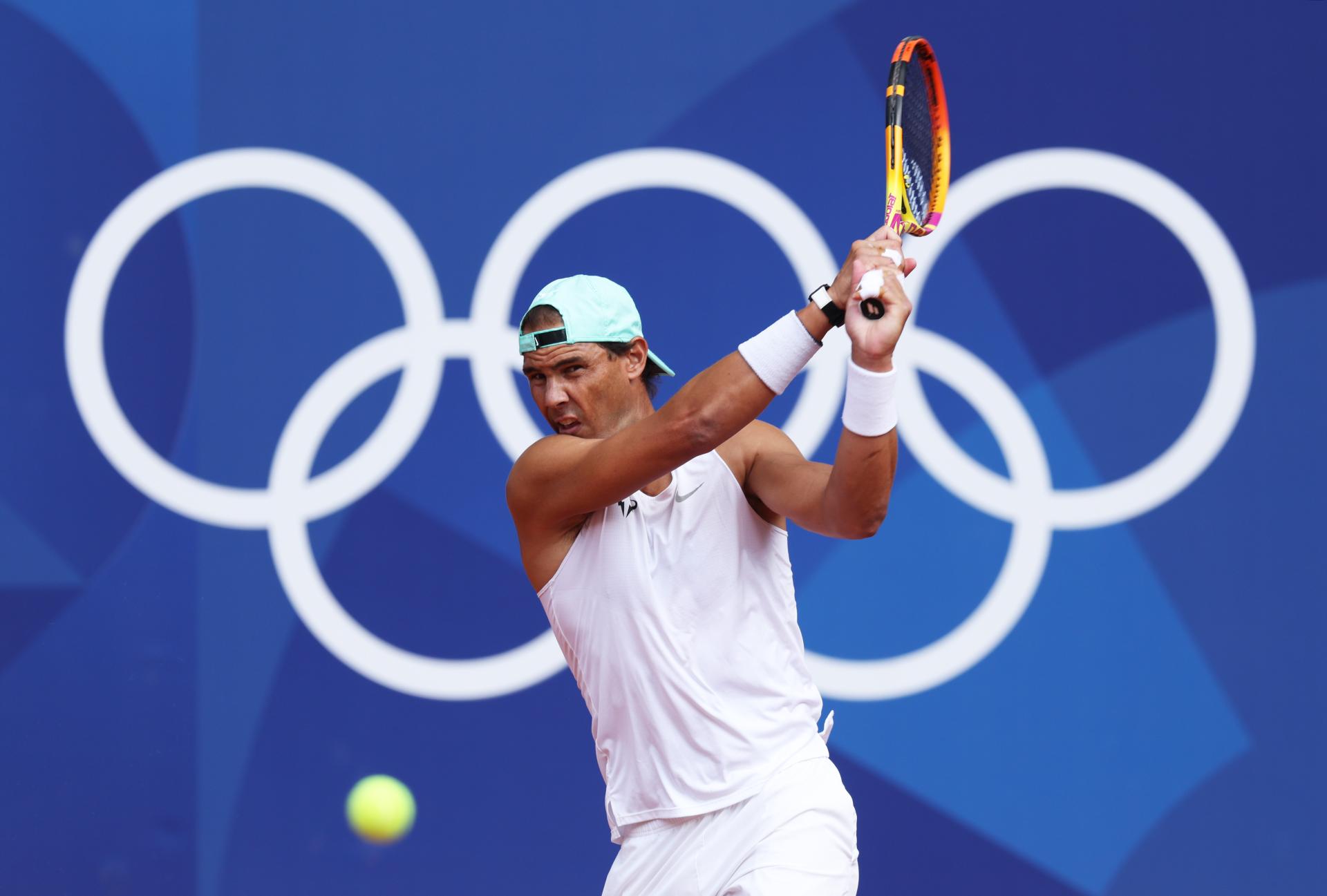Rafael Nadal, one of the greatest tennis players of all time, is reportedly set to retire in November, signaling the end of an era in the sport. The 22-time Grand Slam champion, known for his relentless work ethic, mental toughness, and trademark topspin forehand, has left an indelible mark on the sport. His anticipated retirement will bring to a close a career that has defined modern tennis for nearly two decades.
Nadal, a native of Mallorca, Spain, has enjoyed an extraordinary journey to the top of the sport, beginning his professional career at the age of 15. He quickly rose through the ranks, becoming the youngest player to reach the ATP top 100 by the age of 16. His victory over Roger Federer in the 2005 French Open marked the start of a fierce rivalry that captivated fans and dominated headlines. Nadal’s record 14 titles at Roland Garros cemented his legacy as the “King of Clay.”
Throughout his career, Nadal’s tenacity, passion, and unyielding determination on the court made him a fan favorite. His intensity in matches, marked by long baseline rallies and unbreakable resolve, earned him a reputation for never giving up, regardless of the odds. His battles with fellow legends like Roger Federer and Novak Djokovic have become legendary, often going down in tennis history as some of the greatest matches ever played.
However, as with many elite athletes, Nadal’s body has endured its share of wear and tear over the years. Despite his seemingly superhuman stamina and ability to recover from injury, Nadal has faced numerous physical setbacks. Chronic knee issues, wrist injuries, and most recently, a nagging foot condition have caused him to miss significant chunks of the tennis season. The grind of recovery has taken its toll, and the upcoming November retirement marks his decision to step away from the sport that has defined his life.

Nadal’s retirement will not only leave a void in men’s tennis but also marks a significant transition for the sport itself. His playing style, characterized by incredible defensive skills and an unparalleled mastery of topspin, reshaped how tennis was played in the modern era. His impact goes beyond just his 22 Grand Slam titles; Nadal has been an ambassador for tennis, admired not only for his skill but also for his sportsmanship and humility.
Off the court, Nadal’s influence is also felt through the Rafael Nadal Academy in Mallorca, where young players are trained to adopt his high standards of discipline, dedication, and hard work. His contributions to the development of the next generation of tennis stars highlight his ongoing legacy, ensuring that his philosophy and approach to the game will continue long after he hangs up his racquet.
For fans around the world, Nadal’s retirement marks the end of one of the sport’s most cherished careers. His rivalry with Federer, often described as one of the greatest rivalries in sports history, produced unforgettable moments and elevated tennis to new heights of global popularity. The famed 2008 Wimbledon final, widely regarded as one of the greatest matches in tennis history, saw Nadal defeat Federer in an epic five-set battle that solidified his place among the sport’s elite.
As Nadal prepares for his final months on tour, many are reflecting on his remarkable achievements and his unparalleled commitment to the sport. His signature style, including his precise on-court routines, such as the meticulous placement of his water bottles and his habit of adjusting his headband and sleeves, will be missed by millions of fans who have followed his every move.
For a sport driven by tradition and history, Nadal’s retirement symbolizes the end of an era, as the “Big Three” era in men’s tennis—Nadal, Federer, and Djokovic—begins to wind down. Federer has already stepped away from the game, and Djokovic remains the last active member of this trio that has dominated tennis for the past 15 years. Nadal’s retirement comes at a time when young talents like Carlos Alcaraz and Jannik Sinner are beginning to carve out their own legacies, signaling the dawn of a new era in tennis.
In addition to his on-court accomplishments, Nadal’s contributions to the sport through his charity work, foundation, and academy have cemented his place as not only one of the greatest players in tennis history but also as a role model for athletes around the world. His humility, resilience, and passion for the game have inspired countless individuals to pursue their dreams, both in sports and beyond.
As the tennis world prepares to bid farewell to one of its greatest champions, fans will savor Nadal’s final matches, knowing that they are witnessing the closing chapter of an extraordinary career. Whether on the red clay of Roland Garros, the hard courts of the US Open, or the grass of Wimbledon, Nadal’s legacy is secure, and his influence on the game of tennis will be felt for generations to come.





